

DEVELOPMENT
Two: Prioritization of Development Issues
Introduction Having identified the key development issues, a prioritization was carried out to ensure that scarce resources are used most effectively and efficiently. The development priorities emphasized the relationships between issues identified in the situational analyses and its implication based on sustainability, gender equity and the most significant multiplier-effect on the large proportion of the populace. Prioritizations were done under the four thematic areas under the National MediumTerm Development Policy Framework. These include the following;
• Economic Development
• Social development
• Environment, Infrastructure and Human Settlement
• Governance, Corruption and Public Accountability
In addition to the above development dimensions, issues were prioritized on emerging cases under emergency planning and response with regards to covid-19 and other unforeseen disasters, emergencies and issues on implementation coordination, monitoring and evaluation of development activities were itemized for redress.
Sustainable prioritized issues as categorized under themes and goals




Development Projections, Goals, Objectives and Strategies
Introduction
The previous chapter of this medium-term development plan focused on development problems and priorities. To achieve the desired vision of the city, it is essential to project how the desired future outcome would look before identifying measures to tackle the development problems. This must be done through scientific and mathematical formulas. Population projection is the basis for the provision of additional social, economic and urban infrastructural services which must be provided in the medium term to improve the living condition of the populace whilst contributing towards the Regional and National development goals.
The Projected Development Requirements for 2022-2025
The demographic projections were done based on the assumption that the population growth rate of 2.5% shall remain unchanged over the plan period.

The implications of the projected population dynamics are as follows;
Since the labor force is over 38 percent in each of the years, productivity, particularly in the service industry will rise throughout the planned period, all things being equal. It also implies that policymakers in planning for the Metro should institute interventions that will increase job availability, particularly for the active labor force, to avoid problems of unemployment and its socio-economic consequences.
Metropolis thereby investing in human development through quality technical and vocational training for the teaming youth between the years of 15-35 years. Since the childbearing age of the female population will increase, there is the need to put more resources to effectively control the birth rate within the planned period.


Development Proposals for The Medium-Term and Long -Term
Each Sub Metro has its own unique identity and character, and the Spatial Plans are intended to enhance the growth of the Metropolis by focusing on the strengths and areas of comparative advantage of each Sub Metro rather than competing for similar functions. The three Sub-Metro of Sekondi-Takoradi are Sekondi, Takoradi and Essikado-Ketan
Takoradi Sub-Metro is classified as the “Economic-Eye” of the Metropolis and covers a land area of approximately 2,926 acres with a population of 97,352 (2010 PHC) and projected at 138,426 (2021). The objective of the Takoradi Sub Metro plan is to regenerate the Central Business District of Takoradi into a modern and efficient Central Business District not only for the aspirations of residents but also as an international business hub.
Essikado-Ketan Sub metro lies in the eastern part of Sekondi-Takoradi Metropolis with a population of 159,218 (2010 PHC) and projected at 226,393 (2021). It has a stock of undeveloped lands in the northern parts of the sub metro where the direction of growth in the Metropolis is heading. With an already existing Industrial estate and farming activities, Essikado-Ketan Sub Metro within the context of Sekondi-Takoradi will serve as the main industrial hub and the farming zone for the entire Metropolitan area.
Sekondi Sub-Metro is the oldest among the three sub-metros with a population of 70,361 (2010 PHC) and projected at 100,047 (2021). Sekondi hosts the administrative capital of the Metropolitan Assembly as well as the Regional Administration. The Sekondi Sub-metro depicts an unsustainable use of prime lands for government offices, decaying historic buildings and most importantly a prisons facility within the core of Sekondi. The overall objective of the Sekondi sub metro spatial plan is to guide the growth of Sekondi to become an administrative and tourism hub of the Metropolis with a growing dynamism in the provision of socio-political facilities/services while preserving its rich cultural heritage.
Structure Plan
The Structure Plan of the Metropolis is depicted in figure… with both medium and long-term development proposals for the Assembly. These proposals would require both the Central Government and Private Investors to invest for the Assembly to reach the desired future. The Assembly will pursue a rigorous Public-Private Partnership approach to achieve its medium and long-term aspirations. The proposed development with the 3D concept which will propel the local economic development and create the needed jobs within the metropolis is in the following areas;
.Developing Takoradi Central Business District (Redevelopment of Market Circle, and a Modern Multi –Storey Car Park)
• Development of a Modern Bus Terminal
• Enhance the Transit Terminal for Haulage Trucks at Sofokrom
• Development of Craft Village (Centre for National Culture) at Fijai
• Construction of Modern Fish Market at Sekondi
• Construction of additional Modern Garages at Kokompe (Takoradi and Kansaworado/Mampong)
• Development of Town Houses and Model Affordable Houses
• Dualisation of Sekondi-Takoradi Road
• Construction of Kwame Nkrumah PTC roundabout inter-change
• Developing Sekondi as Administrative Hub and Heritage Site
• Reconstruction of Sekondi Market
• Real Estate and Affordable Housing Development
• Municipal Waste Processing
• Developing Eshiem Free Zone Industrial Enclave
• Developing the Agro-Industrial
• Developing the Beach Front in Sekondi and Takoradi
• Redeveloping Community Parks and Event Grounds
• Standardization of Kiosk in The Metropolis
Local EconomicDevelopment
Based on the competitive advantages the cited have, it is clear that the key economic drivers for the STMA are as follows; SMME and Informal Trade, Manufacturing, Construction, Housing, Tourism, Agriculture.
Six key economic drivers identified will help identify essential components of the emerging vision. They are as follows:
Environmental Sustainability – there is a commitment to reversing the environmental degradation that has taken place within the STMA and to adopt a “green” approach to all public and private sector activity within the Metropolis. The intention will be to consider all investments in terms of the 3 P’s – people, profit and planet – and ensure that trade-offs are made in terms of the long-term interests of the Metropolitan area.
spatially reconfigure the metropolis, generate jobs and boost economic activity. The Spatial Development Framework for the Assembly has been completed but an Infrastructure audit has to be conducted to guide this investment. Government, in fulfilling its mandate of creating an environment conducive for society and business, must drive investment in infrastructure, with support from private sector partners.
Economic Development and Support –STMA will partner with key sectors such as tourism, agriculture, agro-processing furniture, craft development, education through jointly managed action-research projects that identify value-chain investment opportunities and support needs within these industries.
Education and Skills development – the idea is to mobilize all key stakeholders around a single Human Resource Development Strategy for the region that addresses life-long and quality learning throughout the district to ensure higher employment, productivity and entrepreneurship levels in our community.
Safety and Empowerment of Communities – social development requires investment into the physical and mental health and security of the district population, not to mention ensuring poverty eradication and a conscious transformation towards economic empowerment. Mobilization of stakeholders, particularly NGOs and CBOs, is crucial to ensuring that citizens are sufficiently housed, protected against the social ills of society, and are actively engaged in improving communities
Institutional Development – this driver will address the need to strengthen and build collaborative partnerships within government, and amongst the public, private and civil society sectors. The acknowledgment is that better coordination, collaboration, good governance and the creation of an enabling environment for businesses and institutions to thrive will be essential for development in the Assembly




Date Created : 2/12/2025 2:25:50 AM


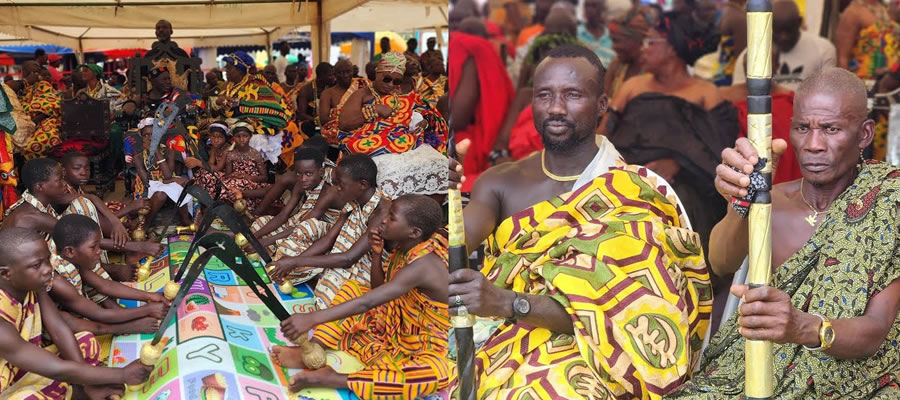
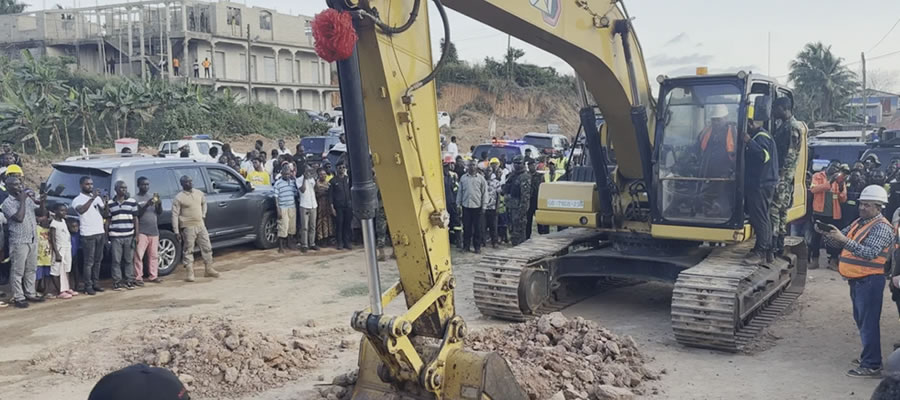
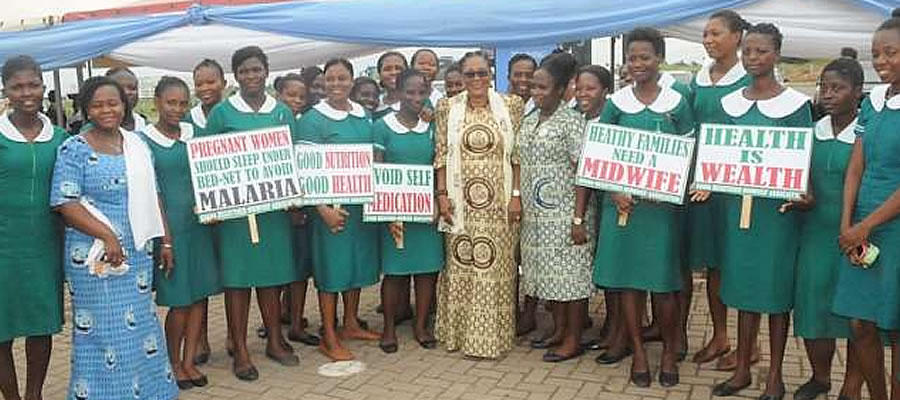
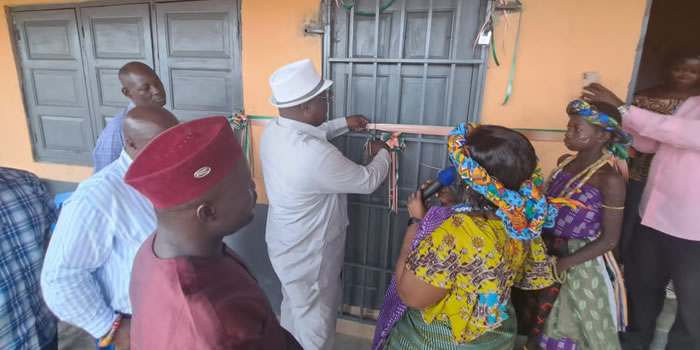

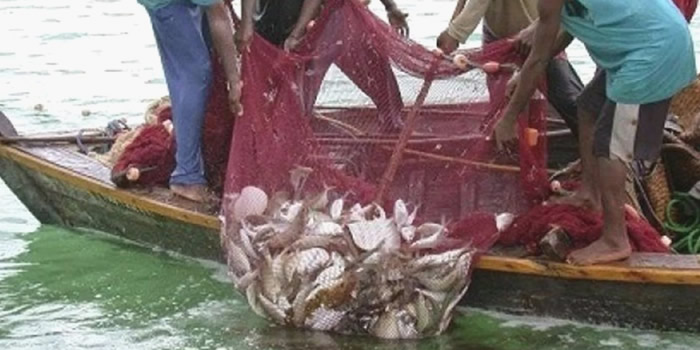
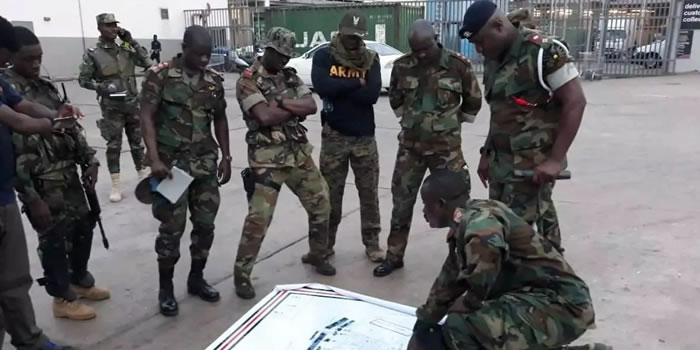


 facebook
facebook
 twitter
twitter
 Youtube
Youtube
 +233 593 831 280
+233 593 831 280 0800 430 430
0800 430 430 GPS: GE-231-4383
GPS: GE-231-4383 info@ghanadistricts.com
info@ghanadistricts.com Box GP1044, Accra, Ghana
Box GP1044, Accra, Ghana